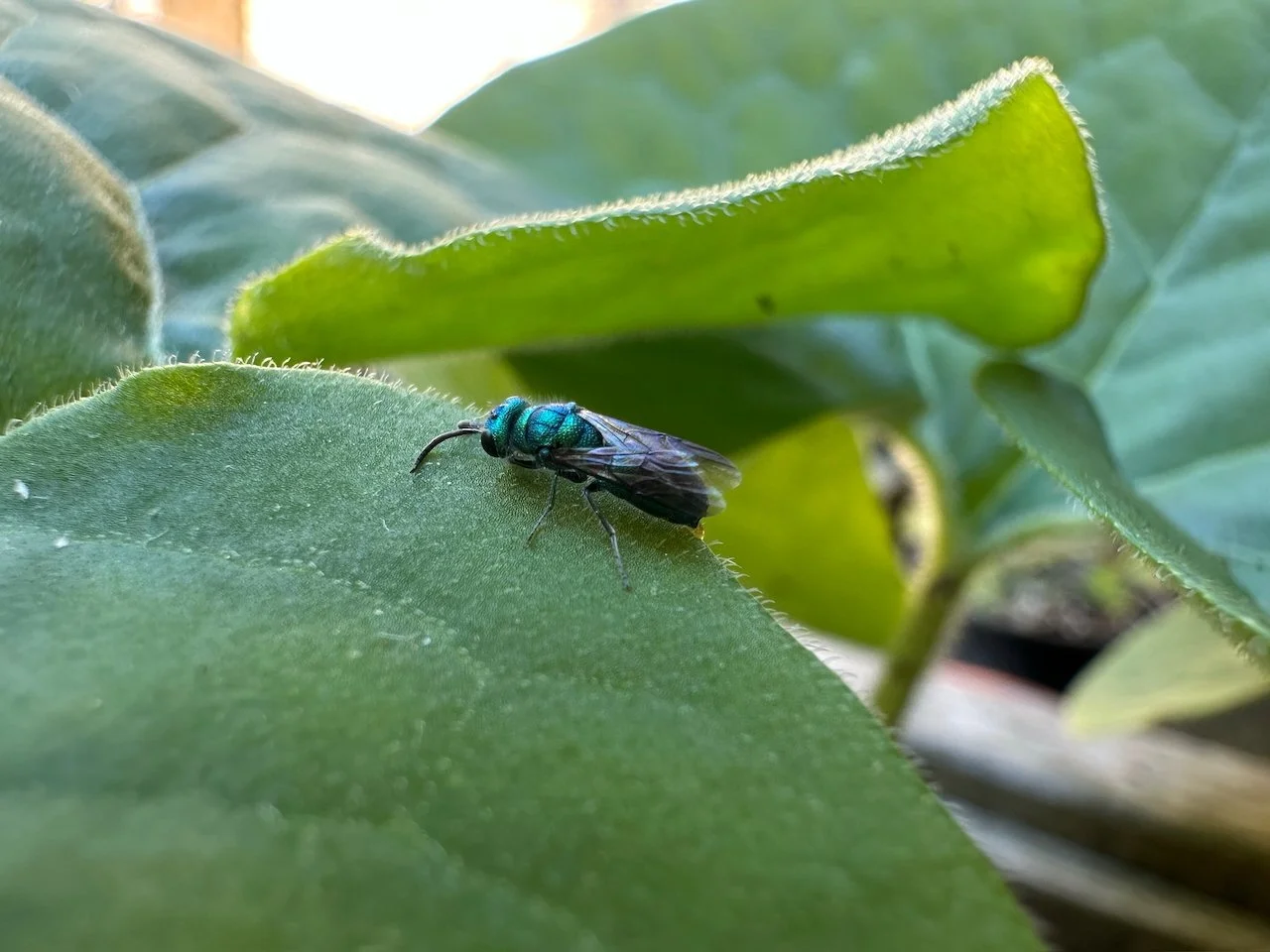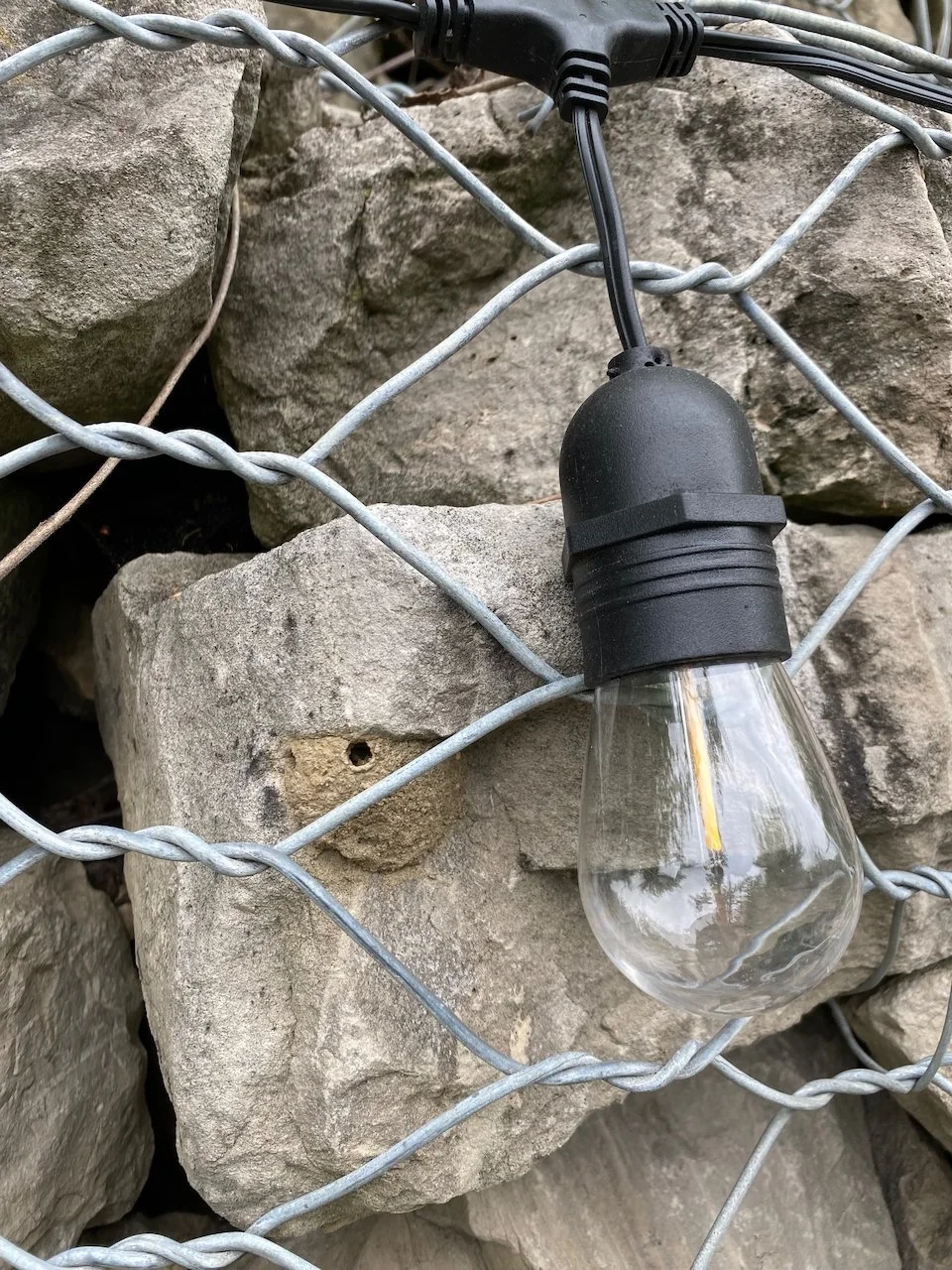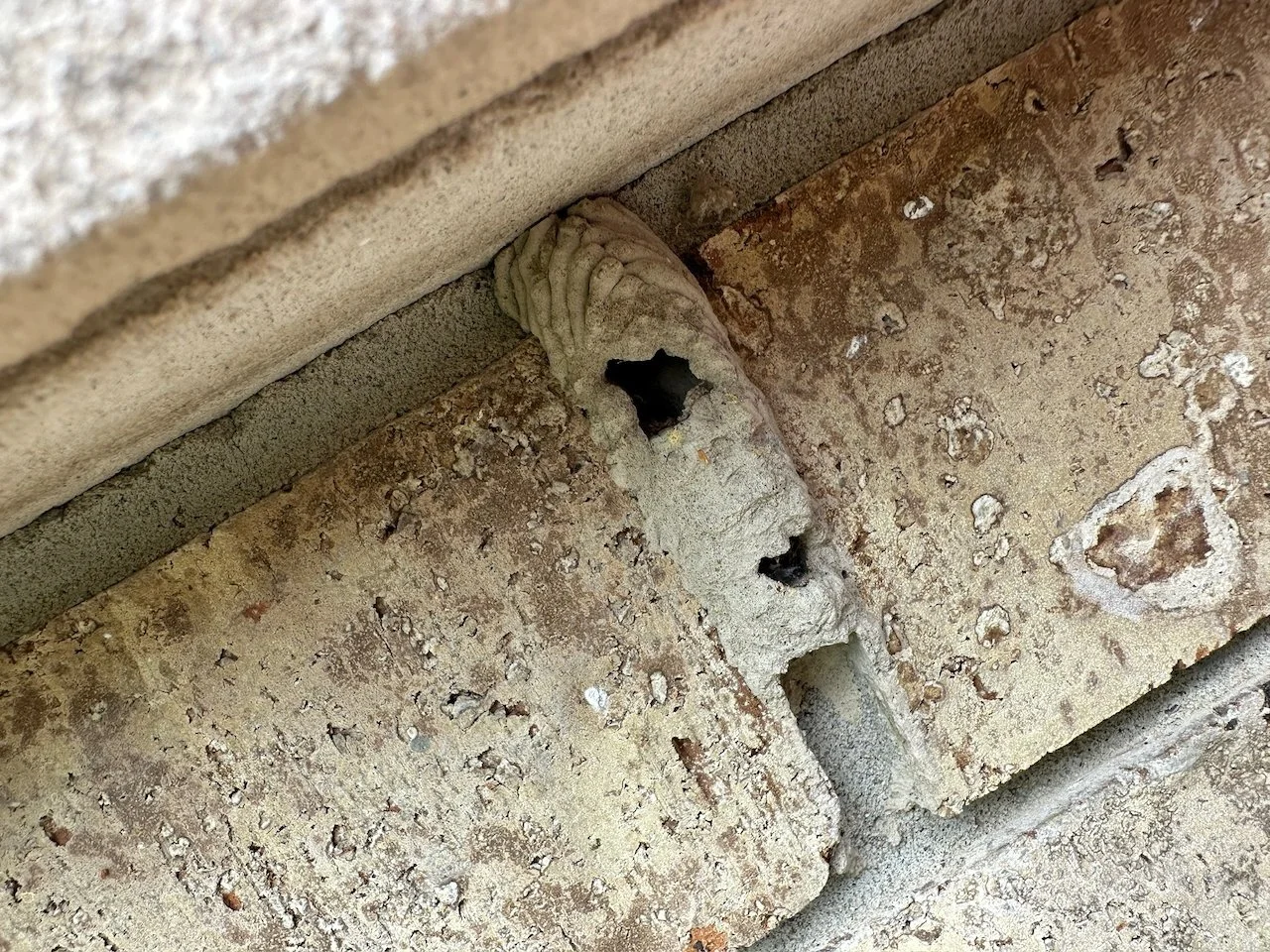Cuckoo Wasp
The Mysterious Beauty of Chrysis angolensis: Nature’s Glittering Intruder
Nature has a knack for crafting creatures that seem almost too dazzling to be real. One such marvel is Chrysis angolensis, a cuckoo wasp that blends mesmerizing iridescence with a parasitic lifestyle. Found across the world, this insect isn’t just a spectacle of colour - it’s a master of survival.
Parasitic Perfection
Much like it’s namesake, the cuckoo bird, Chrysis angolensis thrives by laying its eggs in the nests of unsuspecting hosts. It favours mud dauber wasps, such as Sceliphron caementarium, sneaking its offspring into their burrows. Once hatched, these cunning larvae feast on the provisions meant for the mud dauber’s young or even the host itself.
A Jewel of the Insect World
This tiny insect gleams with dazzling shades of blue and green, almost like a living jewel. But its colours aren’t made from dyes or pigments. Instead, they come from microscopic structures in its exoskeleton that bend and reflect light in unique ways. This trick of light, called iridescence, makes the insect shimmer and shift colours depending on how you look at it, just like a soap bubble or a shiny beetle!
Built for Survival
Despite its delicate appearance, Chrysis angolensis has evolved strong armour. Its pitted exoskeleton provides protection against attacks, allowing it to withstand aggressive encounters with its hosts. If threatened, it employs an ancient survival strategy, curling into a tight, impenetrable ball, making it almost impossible to harm.
A Global Traveller
Cuckoo wasps can be found worldwide, except in Antarctica. These tiny creatures, with around 230 species primarily found in North America, boast a remarkable diversity. However, when it comes to Chrysis angolensis, there is no clear evidence that it is native to our specific region of Ontario. At the same time, it has not been recorded as an invasive species, meaning it causes no ecological or economic harm.
Perhaps it simply hasn't been researched enough yet, leaving a bit of mystery around its exact distribution.
The Cunning Chemistry of Cuckoo Wasps
The cuckoo wasp family (Chrysididae) is known for its chemical mimicry, a remarkable ability to detect host odours and blend in by imitating their scent. This deception lets them infiltrate nests unnoticed, ensuring the survival of their offspring.
A Life Cycle of Intrigue
From the moment a cuckoo wasp locates an unguarded nest, it wastes no time. Using its ovipositor, the female wasp precisely lays her eggs near the host’s own larvae or eggs. Unlike many other wasps, the cuckoo wasp’s ovipositor does not double as a stinger, it is purely for laying eggs. Upon hatching, the cuckoo wasp larvae consume the available food or the host itself. Once mature, they emerge from the nest to continue the cycle, perpetuating this extraordinary form of parasitism.
Why These Wasps Matter
While their methods may seem ruthless, cuckoo wasps play an important role in controlling populations of other insects. Their presence contributes to the delicate balance of ecosystems, demonstrating nature’s endless web of predation, adaptation, and survival.



